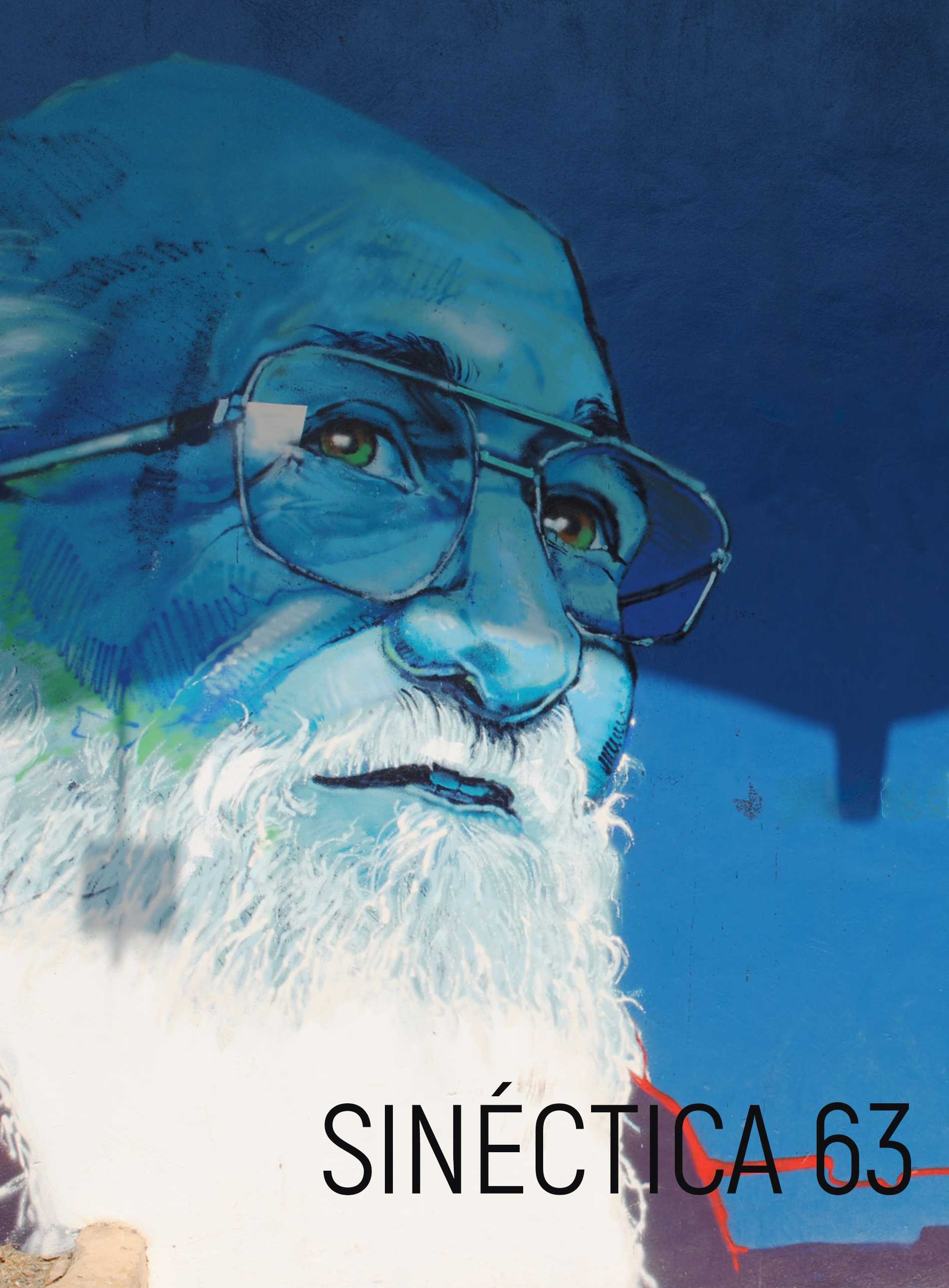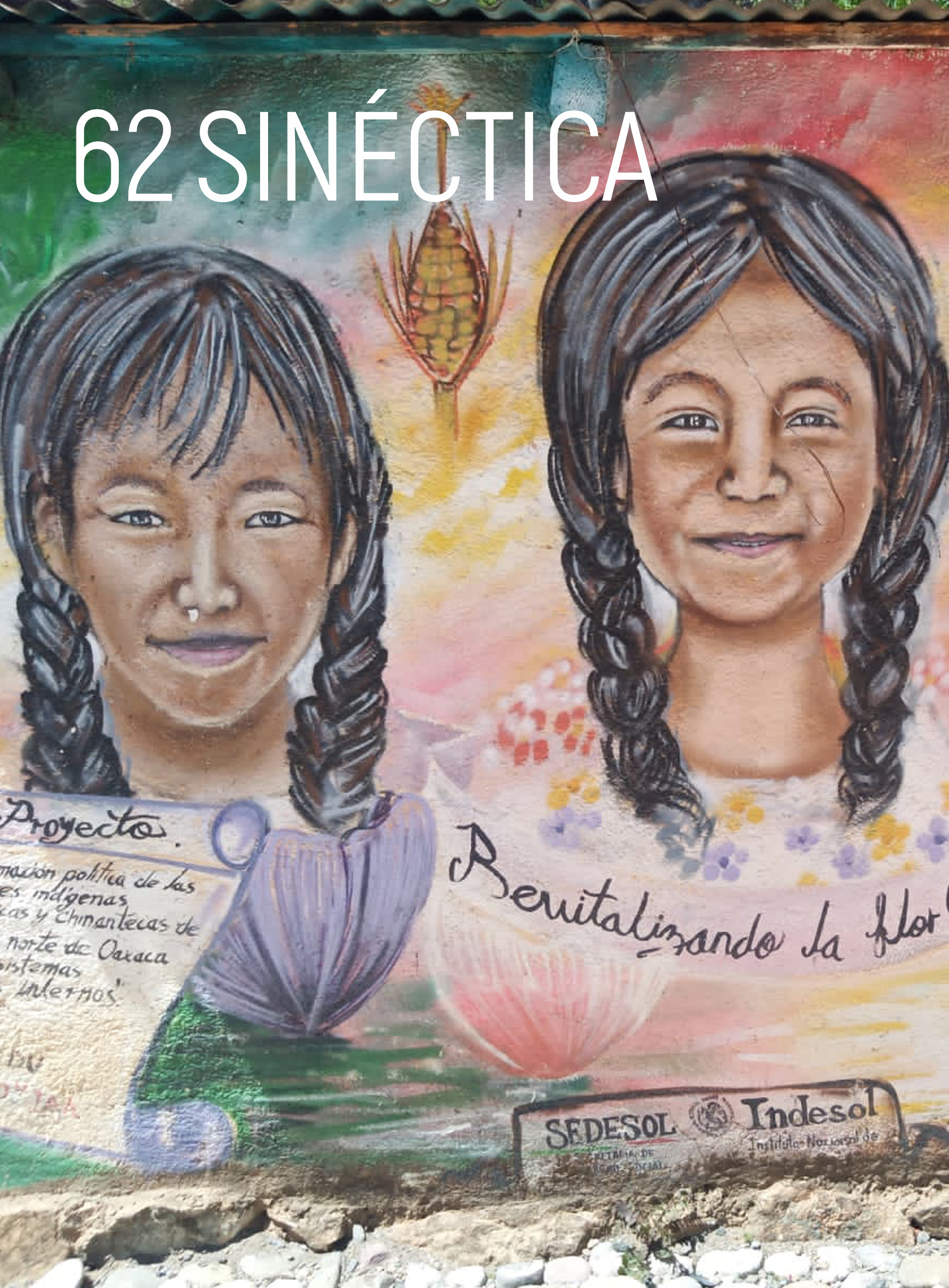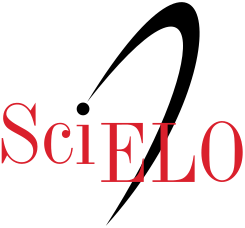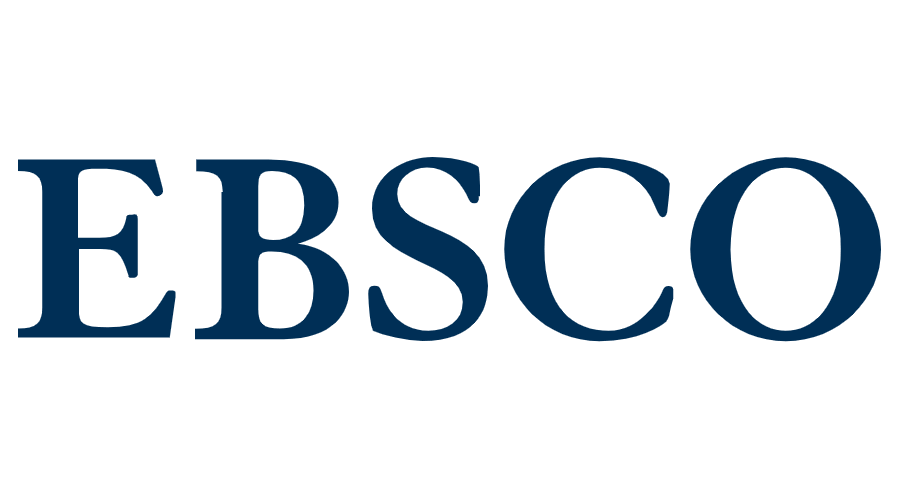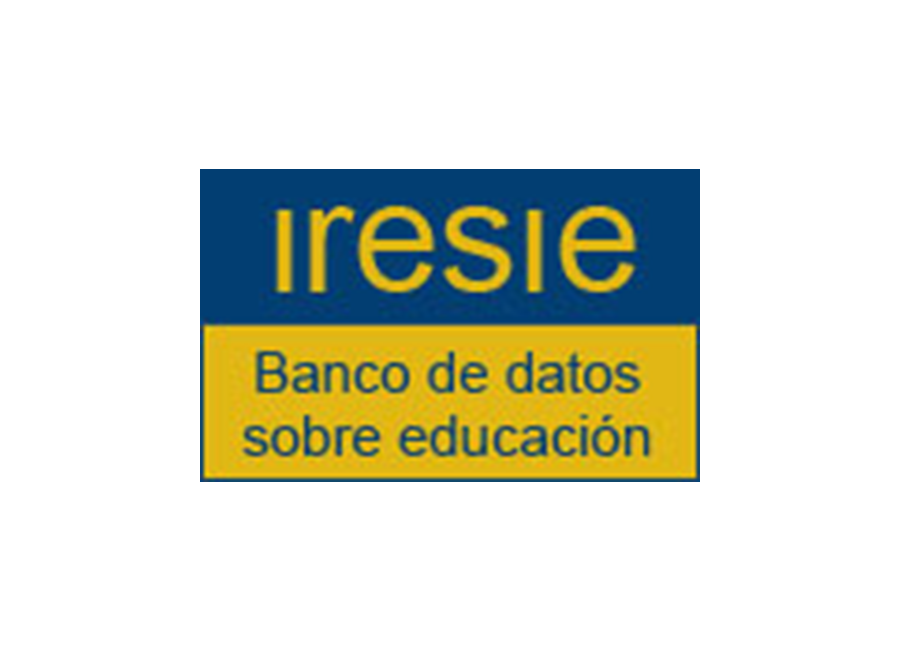El dialogismo: secuencialidad, posicionamiento, pluralidad e historicidad en el análisis de la práctica educativa
Keywords:
dialogismo, secuencialidad, posicionamiento, pluralidad, historicidadAbstract
Utilizando las ideas seminales de Bajtín y Voloshinov, en este artículo describimos la construcción de una postura dialógica hacia la investigación de las práctica educativas, así como la posibilidad de crear un modelo pedagógico que privilegie cuatro aspectos clave, los cuales forman parte del dialogismo: secuencialidad, posicionamiento, pluralidad e historicidad. Secuencialidad: el significado es producto de la negociación secuencial de lo que proyecta cada turno de habla en interacción. Posicionamiento: toda participación social construye una posición propia y hacia los demás participantes en una conversación. Pluralidad: el diálogo involucra reconocer otras lógicas, otras voces. Historicidad: el currículo escolar invoca una historia de desarrollo de una conversación disciplinar. Para cada caso, explicamos con ejemplos la manera en que los conceptos descritos son utilizados para la investigación y el análisis de las prácticas educativas. Finalmente, argumentamos que es necesario considerar estos cuatro aspectos en la construcción de cualquier modelo pedagógico que invoque al dialogismo como fundamento epistemológico de su propuesta.Downloads
Downloads
Published
Issue
Section
License
This work is licensed under a Creative Commons Attribution-NonCommercial 4.0 International license.
Authors who publish in Sinéctica agree to the following terms:
The authors retain copyright and grant the journal the right of first publication of the authorized work simultaneously under a Creative Commons Attribution License, which allows others to share the work as long as both the authorship of the work and the initial publication in this journal are acknowledged.
Authors may enter into additional separate contractual agreements for non-exclusive distribution of the published version of the journal (e.g., publishing in an institutional repository or a book), with acknowledgement of initial publication in this journal.
Authors are allowed to publish their work in institutional repositories or on their own website before and during the submission process, as it may generate productive exchanges, as well as earlier and greater citation of the published work.
Explanatory note: As of 2017 Sinéctica is governed by the Creative Commons Attribution Non-Commercial 3.0 International License, a version that standardizes licenses internationally.
Articles published between 1992 and 2016 are covered by a Creative Commons Attribution-NonCommercial-NoDerivatives 4.0 International license, which allows a work to be shared and distributed non-commercially and with acknowledgement of the author, but prohibits modification of the original creation.




